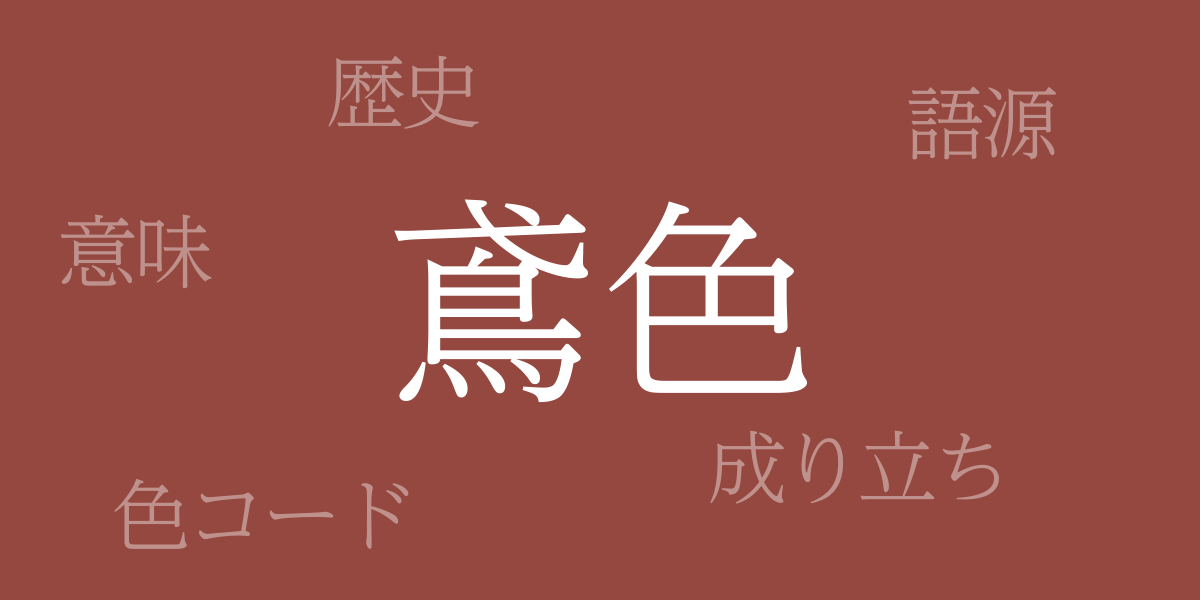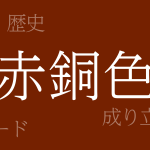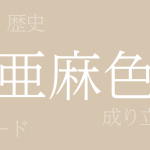Among the rich palette of colors that adorn Japan’s four seasons, ‘Tobi Color’ (鳶色 – とびいろ) stands out with its unique personality. This color, which combines depth and tranquility, is deeply rooted in Japanese tradition and culture. Tobi Color is not just a color; it reflects the lifestyle, values, and history of the Japanese people. This article delves into the allure of Tobi Color, exploring its history, color codes, and its Western name.
About Tobi Color (鳶色 – とびいろ)
Tobi Color is a type of dark reddish-brown, one of the traditional Japanese colors. Its name derives from the color of the feathers of a ‘tobi’ (鳶), a type of bird, known for its serene shade. In Japan, this color has long been used in clothing and architecture. Tobi Color is cherished for its ability to harmonize with nature while maintaining a strong presence.
The History of Tobi Color
The history of Tobi Color dates back to ancient times, with records of its use as early as the Nara period. It was employed in the armor and helmets of samurai, symbolizing bravery and dignity in battle. During the Edo period, it was also used in the ‘hanten’ (半纏) jackets of firefighters, serving as a distinctive color that could be easily identified amidst the chaos of fires.
Tobi Color Codes
In digital design and web production, accurate color codes are essential for using Tobi Color. Below are the color codes for Tobi Color:
- HEX: #95483F
- RGB: R:149 G:72 B:63
- CMYK: C:47 M:81 Y:77 K:10
Western Name for Tobi Color
The Western name for Tobi Color is ‘Russet.’ Russet refers to a reddish-brown or rust color, suitable for expressing shades similar to Tobi Color. This color, reminiscent of autumn leaves and aged leather, provides warmth and tranquility.
Summary on Tobi Color
Tobi Color, with its rich hue that evokes Japan’s traditions and history, continues to be widely used in fashion, design, and art today. Its unique shade offers calmness and nostalgia to its beholders, symbolizing the beauty of Japanese culture. Tobi Color will continue to be cherished by many as a symbol of Japan’s aesthetic heritage.

























